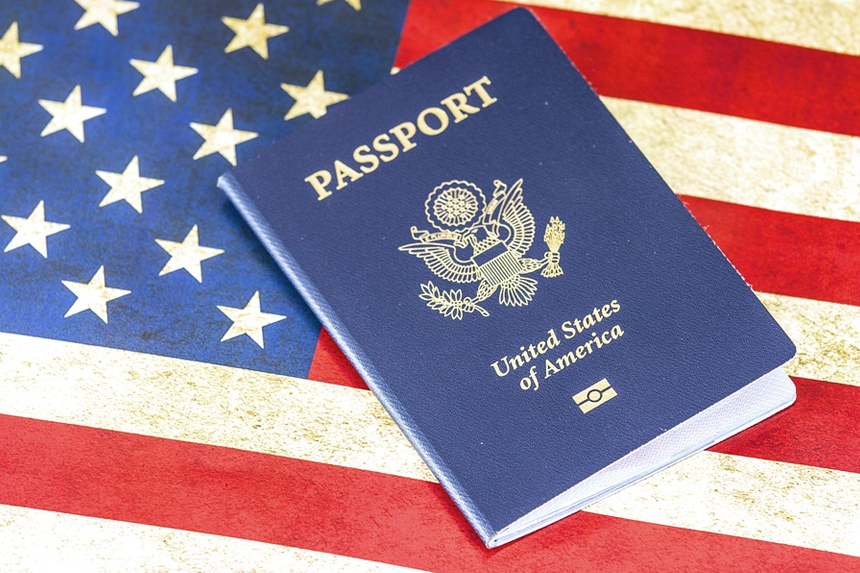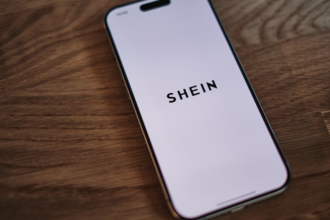29-year-old Indian finance professional Ashish Chauhan has always desired to earn an MBA at an American university. “Stamped in my brain,” he says. His aspirations go beyond only school; they also represent a portal to a fresh life and a US job. However, Chauhan finds himself in a conundrum due to political uncertainty about the direction of the H-1B visa program.
- Why is the backbone of the H-1B Visa Program Indian professionals?
- How have Rising Denial Rates and Visa Scrutiny affected applicants?
- In what ways has the H-1B Visa Program shaped Indian-American communities?
- Why does the Green Card Pathway seem so complicated for H-1B holders?
- What Are the Main Arguments Against the H-1B Visa Program?
- Among the uncertainty, what should aspirant students do?
A hot topic is the H-1B visa, a main path for professionals like Chauhan to live and work in the US. Critics contend it undercuts American labour even when it has drawn worldwide talent and helped the US economy. This argument got more heated when President-elect Donald Trump and his followers expressed worries about the initiative, and some demanded its limitations. Originally an initiative opponent, Trump changed his position to support tech sector heavyweights like Elon Musk, who maintains that it is necessary to draw top engineers.
Chauhan gets caught in the thick of this argument even though he finally wants to land a job in the US. “My concern is that this [resistance to H-1B visas] could incite hostility towards Indians residing there,” he says. “But this has been going on for years; I cannot pause my life and wait for the volatility to calm down.”
Why is the backbone of the H-1B Visa Program Indian professionals?
With 72% of all H-1B visas going towards Indian nationals, they are the most common recipients. Second comes Chinese nationals, who account for 12% of the visas. With a notable 65% of H-1B visa holders working in computer-related industries, the program is strongly skewed toward science, technology, engineering, and mathematics (STEM) fields. The median annual compensation for these people in 2023 was $118,000 (£94,000), well above the average pay in India for the same jobs.
But some Americans’ worries about job rivalry and assimilation have been stoked by the increase in immigration—especially from India. A Pew Research study estimates that US immigration jumped 1.6 million in 2023, the biggest rise over two decades. Now making up more than 14% of the US population, immigrants represent the greatest proportion since 1910. Among them, following Mexicans, Indian citizens have grown to be the second-largest immigrant population.
India’s increasing sway in the US beyond mere work permits. Additionally, Indian students are now rather heavily visible in the academic scene. With a record 331,602 Indian students in the US for the 2023–2024 academic year, India has now topped China as the top source of international students per the Open Doors Report on International Educational Exchange.
Many of these students finance their education mostly by loans. Some students, like Chauhan, worry that changes in immigration rules could throw off their financial plans, given the political upheaval surrounding H-1B visas.
How have Rising Denial Rates and Visa Scrutiny affected applicants?
Over the years, especially during Trump’s first term, the H-1B visa program has come under more and more criticism. He signed an executive order 2017 directing increased application review and fraud detection. Rejection rates surged to 24% in 2018, compared to just 5–8% under the Obama administration and 2–4% under President Joe Biden. Under Biden, meanwhile, the approval levels stayed rather constant.
The course of the H-1B visa program is yet unknown. “The first Trump administration tightened H-1B visas by raising denial rates and slowing processing timelines, making it more difficult for people to acquire visas in time. An immigration researcher expressed uncertainty about whether that will occur again under the second Trump presidency.
While some, like Elon Musk, wish to keep the H-1B visas, others in the incoming government want to limit all immigration—including H-1Bs. It’s too early to say which team will come out on top.
In what ways has the H-1B Visa Program shaped Indian-American communities?
A pillar of the growth of Indian-Americans, the H-1B visa program has produced a highly educated and paid immigrant population. Scholars observe that the initiative has greatly affected the Indian-American community on both social and financial levels.
Rising speakers of languages, including Hindi, Tamil, and Telugu, and new Indian immigrants have blended into the US in ways different from past generations. Originally concentrated in New York and Michigan, Indian-American groups have moved to places like California and New Jersey, where sizable clusters live.
For many, the main attraction of the H-1B visa program is the possibility of better income in the US, which is considered a life-changing possibility. “The fascination with H-1Bs is directly tied to the salary gap between India and the US for the same engineering roles,” Chauhan notes.
Why does the Green Card Pathway seem so complicated for H-1B holders?
Although the H-1B visa lets holders live and work in the US for up to six years, many visa holders want permanent residency—usually via the employment-based green card system. Still, getting a green card this way can be a protracted and unpredictable procedure; many candidates must wait 20 to 30 years.
Atal Agarwal, who ran a software company in the US upon graduation in 2017, shared his experience with the system. “Getting the H-1B visa was rather easy, but after that, it felt like I had reached a dead end,” he explains. “Your company must sponsor you; since the road to a green card is long, you are bound to them. Should you lose your employment, you only have sixty days to land another one.
Agarwal thinks that those arriving in the US on merit should have a three to five-year road towards a green card. “It’s an unstable situation; this is not how it should be.”
An Indian official from the IT sector notes that the H-1B visa is sometimes misinterpreted. The highly skilled worker mobility visa is H-1B. That is not an immigration visa. But it gets linked with immigration and illegal immigration and becomes a delicate matter.
What Are the Main Arguments Against the H-1B Visa Program?
For years, the H-1B visa program has been divisive, especially about possible abuse. Critics contend that big Indian IT companies are using the system to substitute cheaper foreign expertise for American employees. Though the business intends to appeal, a court verdict from October found Cognizant guilty of discriminating against over 2,000 non-Indian employees.
Nonetheless, a representative for India’s tech sector maintains that H-1B visa holders are not underpaid. “Employers are required to pay H-1B workers above the prevailing salary for comparable US workers,” the spokesman notes. Companies also pay tens of thousands of dollars on legal and government expenses to get these visas.
The spokesman further notes that Indian IT companies have made major contributions to the US economy, employing around 600,000 Americans and investing almost a billion dollars in upskilling nearly three million students at US universities. According to the spokesman, Indian companies only apply for H-1B visas when they cannot locate qualified US labour.
Among the uncertainty, what should aspirant students do?
Indian students keep following their dreams of studying and working in the US despite the continuous political upheaval around the fate of the H-1B visa program. The allure of the American dream is still strong, even with immigration discussions and visa limitations looming big.
An immigration researcher counsels, “Any immigration adjustments in the US will take time. Students should choose, anywhere, the finest college for them. A good immigration attorney will help them to decide what to do.
The interest of the Indian community in the H-1B visa is quite constant for now. Many still view the US as a country of possibility despite the turbulence and uncertainty, one that offers a better personal and economic future.








